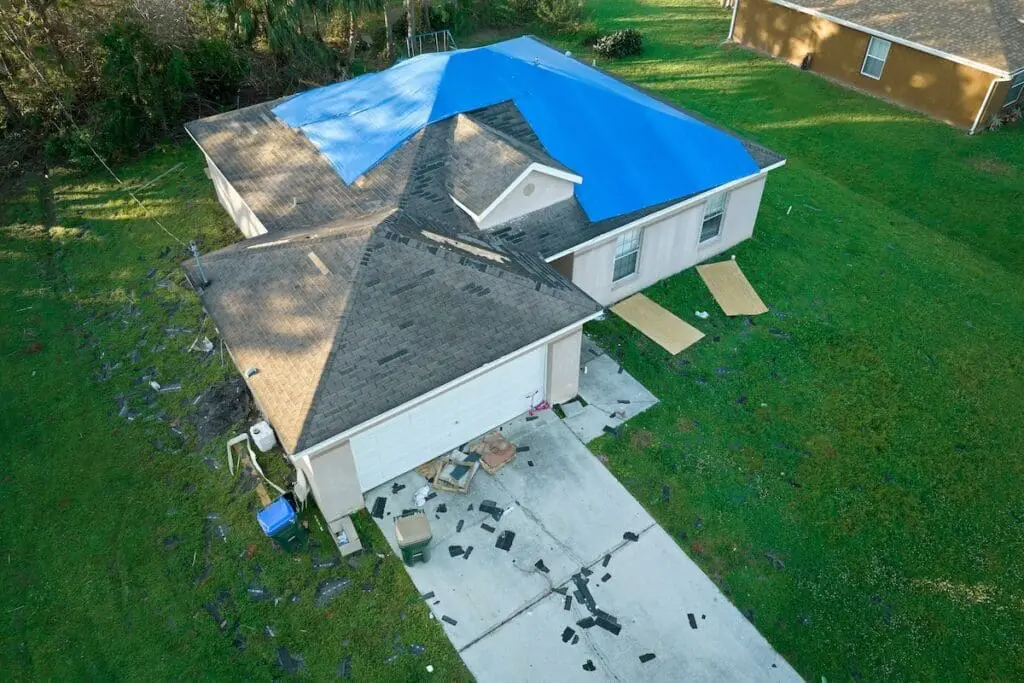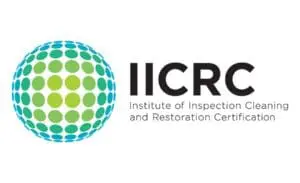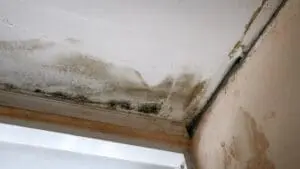Roof Water Damage
Unforeseen water damage may occur at any time, but you can trust PureDry to deliver thorough support for restoring roof water damage. Our dependable team is ready to act quickly to prevent the progression of additional water damage. It’s crucial to reach out to us at the first signs of water damage. If you can’t get your repairs right away, then protect your roof with a tarp until the damage can be taken care of.
These are the most common reasons for water damage on your roof.
Storm Damage
Strong windows and lightning from a storm have the potential to damage your roof. Missing or damaged shingles are common after a huge storm.
Hail Damage
Hailstorms can cause devastation to your roof that could trigger leaks in your home.
They tend to cause damage to:
- Siding
- Gutters
- Skylights
- Door Frames
- Window Frames
Clogged Gutters
It’s common for falling leaves, sticks, and dirt to get stuck in your gutters. If this debris builds up, the flow of water will be interrupted and can potentially trigger overflowing onto your roof.
Broken Chimney
If there are cracks or other damage on your chimney, water can seep through and pull up inside, causing water damage in your home
If the water damage on your roof isn’t addressed quickly, it cause damage to your:
- Attic
- Insulation
- Ceiling
How to Tarp a Roof
Assess the Roof Damage
If you can’t assess your roof damage from the ground, it’s unsafe to climb up yourself, as your roof may be more damaged than you think and can give away. Call a professional to do a thorough and safe inspection to determine what needs to be repaired.

Check the Weather Forecast
If there’s more severe weather coming, laying a tarp on your roof is extremely unsafe. Only start the tarp-laying process when you’re sure that the worst of the weather is over.
Make Sure It’s Safe
Your roof should be easily accessible and show no signs of structural damage before you get up to lay the tarp. Severe damage to a roof’s integrity can trigger additional damage when you try to work up there. If this is the case, a roofer should be called for emergency repairs.
Measure the Surface Area
Use a tape measure to measure the damaged area that needs a roof tarp. This will give you an idea of how many tarps you’ll need as well as the supplies needed to lay it down and keep it in place.
Position Your Tarp and Hold It Down
Lay your tarps over the damaged area. Ensure that they are fully covered without gaps or sagging. There should be an overlap of about four feet tall around so water can’t get under and seep into the seams. Use wooden boards as a temporary fix to hold the tarp down. Start at the roof’s peak, lay down the anchor board, and let any excess tarp hang over the edge.
Secure the Tarp in Place
Secure the tarp in place by using nails on each side of the board, and then go back to a previous nail you’ve secured so there are not any visible holes in your tarp. Ensure that your boards are secure enough that they can flex during strong winds, otherwise, this could potentially make your roof vulnerable to more damage. Your tarp should be fully sandwiched between the boards and the roof, creating a tight enough seal to withstand more severe weather and prevent water from getting underneath.
Expert Roof Tarping With PureDry
At PureDry, we recognize the seriousness of roof water damage issues. We are dedicated to offering unparalleled accessibility with our devoted live representatives who are available 24/7. When you contact us, we will swiftly send one of our skilled technicians to your home, guaranteeing the fast containment of water damage.
Ensuring a stress-free experience is one of our highest priorities. We handle the entire water restoration process, allowing you to have the peace of mind to relax as we work toward restoring your roof to its pre-water damage condition.



